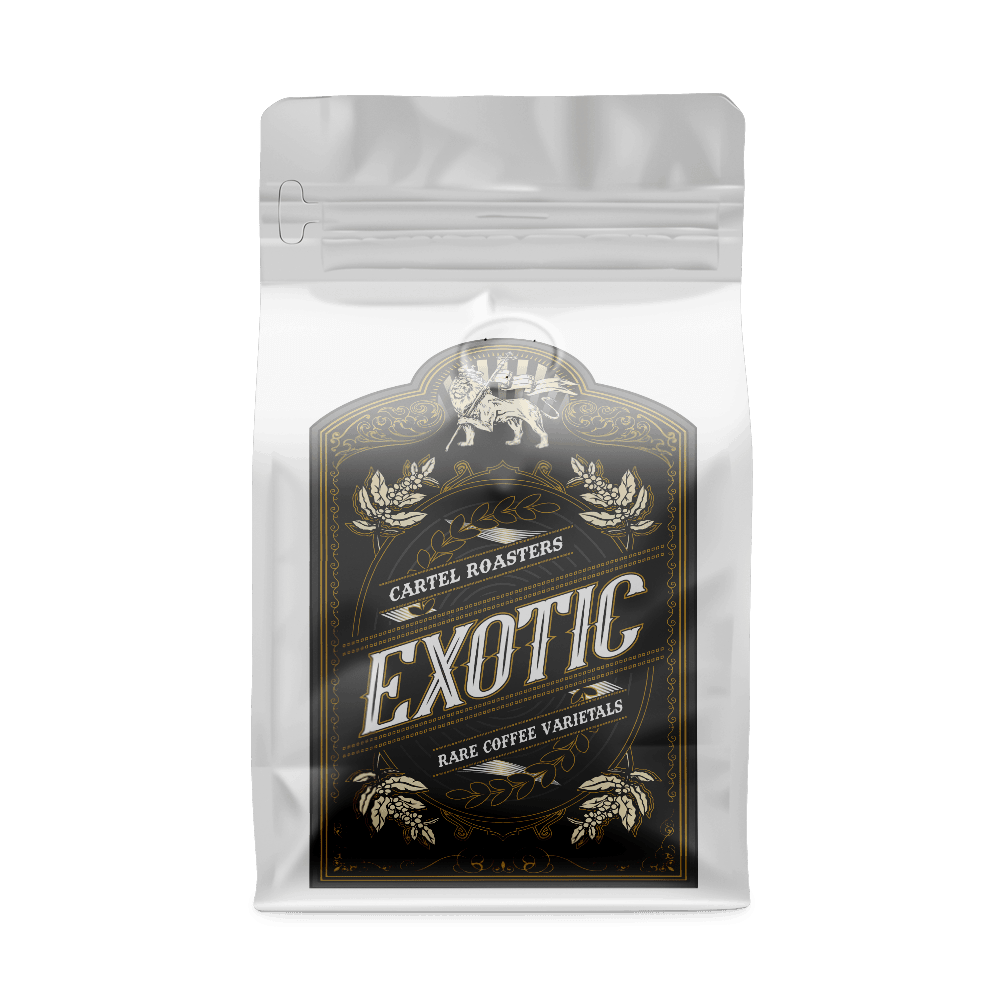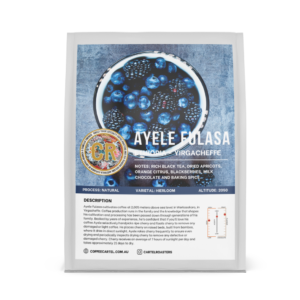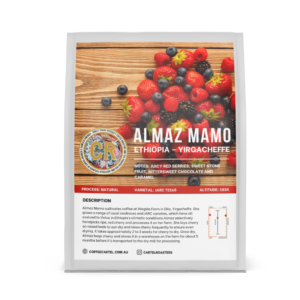About this coffee
- Altitude: 1600
- Farmer: HONDURAS
- Score: 88
- COUNTRY: HONDURAS
FLAVOUR NOTES : Sweet Clean Chocolate with Medium body. Notes of brown sugar, Citrus lavender, jasmine, raspberry, mandrain, passionfruit
We Welcome a wonderful unique varietal called Parinema This is a washed SHG microlot from producer Edwin Sabillón and his farm ‘El Plan’ in the village of Las Flores, Santa Barbara.
THE PRODUCER
Edwin Ever Sabillón Paz is a small producer from Las Flores, Santa Barbara department, in the region of Montecillos. Edwin has 1.75ha of land planted with the Parainema variety and his farm is situated at 1,390masl.
Edwin comes from a family of coffee producers and started out from a young age, helping his father on his farms during his spare time. In 2007 his father passed down 0.52ha of land to Edwin to start his own farm. The farm was planted with Catuai trees which Edwin harvested successfully for 3 years until, in 2011, the farm was hit by the extreme leaf rust outbreak that killed all of his plants. His neighbour Elogio Martinez recommended that Edwin try the Parainema variety due to its rust-resistance, while retaining high quality potential. In 2015 that same neighbour went on to win the Cup of Excellence, encouraging Edwin to pursue this varietal further and he hasn’t looked back since.
THE PROCESS
Ripe cherries are pulped on the day of harvest and fermented without water for 14-22 hours to breakdown the remaining sugary mucilage. The coffee is then washed at least 4 times with clean water and dried immediately on raised beds for an average of 15 days. During this time the coffee is carefully turned and selected to remove any defects. It is also covered during the hottest part of the day and during the night to protect against sun or moisture damage.
THE REGION
The coffee comes from the village Las Flores in the mountains of Santa Barbara, a massif 121.3 km2 long and with a maximum height of 2750 masl. The region is mostly a virgin forest reserve which was declared a national park in 1987. Most of the native people of the area began to grow coffee in the 1940s, mainly in the lower areas, although it was always a secondary crop. From the 1970s, coffee became the primary crop in the area, promoted by the rise in prices at that time, with Bourbon being the most widespread variety. Since then coffee has become the basis of the local economy as well as an important cultural element.
The wider Montecillos region is notable for its high altitude and subsequently cool temperatures, which allow coffee cherries to mature slowly and develop increased complexity in the cup.





